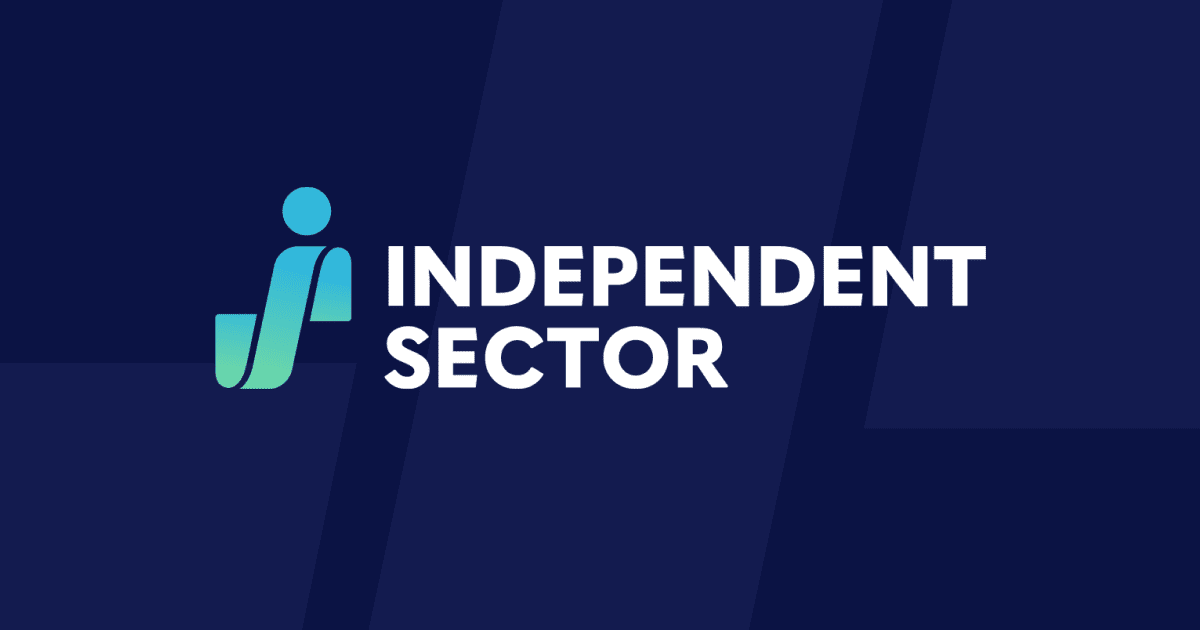Nonprofit DEI councils can be an organization’s competitive advantage, particularly during a period of social and financial uncertainty. Learn about the three behaviors and three systems your organization should consider to prepare your DEI council for success — written by Paige Robnett, founder of Robnett Consulting and a Senior Consultant at Brevity & Wit, an Independent Sector member; and Ernesto Aguilar, Executive Director of Radio Programming and DEI at KQED.
During a period of social and financial uncertainty for many nonprofits, DEI (diversity, equity, and inclusion) councils are an organization’s competitive advantage. When set up for success, DEI councils engage, develop, and retain talented staff, saving organizations valuable time and resources. Unfortunately, too many DEI councils fall into a familiar pattern of initial enthusiasm followed by burnout and frustration.
After helping launch and sustain more than a dozen DEI councils, we wrote a DEI Council Resource Guide to demystify what DEI councils actually need to succeed. The toolkit features insights from more than 50 current and former DEI council members, consultants, and executives. Sixty-four percent of participants in the research reported experience leading culture change at a nonprofit.
Barriers to High Performing Councils
Despite the numerous benefits of DEI councils, most of the participants in our research reported burnout and fatigue from working on a DEI Council. What gives?
Our research revealed the biggest barrier to DEI council success is a lack of change management expertise — intentional methods to manage how people react and respond to change — in the organization. The lack of change management skills, from both leaders and staff, has a number of detrimental effects on culture change.
When leaders lack change management: Participants cited “lack of leadership buy-in” as the greatest barrier to high performing DEI councils. When leaders do not sponsor change or hold bad faith actors accountable, DEI councils are set up to fail. These challenges worsen when leaders do not elevate DEI as a strategic priority, allocate resources, or create the necessary systems to enable culture change.
When staff lack change management: Structured change management methods train DEI council members to assess the whole system, influence key decision-makers, and turn ideas into action. Participants shared that staff often struggle to build coalitions of support, communicate their vision, and define clear goals.
What High-Performing Councils Look Like
Change management principles enable nonprofits to be strategic with their time and resources. Regardless of size, location, or mission, nonprofits experience a predictable evolution of culture change efforts.

Six Success Factors for High-Performing Councils
Effective DEI councils don’t happen by accident. Our new resource details the six factors — three behaviors and three systems — that set DEI councils up for success.
Behaviors that enable success
- Openness: Leaders must see the DEI council as their teammate, not a threat. When partnering with the council, leaders must be curious and willing to listen.
- Commitment: Leaders must vocally and visibly support council members and culture change efforts. Effective councils require courageous leaders who can boldly talk about the importance of DEI.
- Gratitude: Leaders must find creative ways to incentivize and reward members for their hard work. At nonprofits with tight budgets, expressing gratitude is one of the most cost-effective and impactful ways to make staff feel valued.
Systems that enable success
- Resources: Leaders must allocate financial resources to culture change. Organizations serious about culture change must dedicate a budget to DEI and ensure staff have the bandwidth to participate.
- Strategy: Leaders must declare culture change as a strategic priority. A DEI vision, goals, and metrics clarify that culture change is the organization’s competitive advantage.
- Structure: Leaders must invest in a detailed charter that clarifies the council’s governance structure. Documented structure aligns leaders and staff to the council’s purpose and operations, managing expectations and reducing uncertainty.
When leaders are strategic about all six success factors, they are able to fully unlock the benefits of high-performing DEI councils. Unfortunately, it often takes years to mature all six behaviors and systems that enable culture change. Our research revealed it is possible for DEI councils to make progress even when the conditions for success are not met. What’s the secret? Equip staff with change management tools and expertise.
Structured change management methods equip staff with the ability to proactively manage how people react and respond to change. This approach teaches staff to slow down, assess the whole system, and lead from their scope of influence.
Brevity & Wit’s DEI Change Agent Certification Program equips DEI council members with the foundations of change management, saving organizations valuable time and resources. Participants leave this 8-week course with a customized DEI Action Plan tailored to their scope of influence. Independent Sector members — save $500 on enrollment! Write “Independent Sector” as your “Referral” for a $500 discount.
Learn about other Independent Sector members and becoming a member.
Ernesto Aguilar is an experienced public media leader specializing in radio programming, audience engagement and diversity, equity & inclusion (DEI) initiatives. He is currently Executive Director of Radio Programming and DEI at KQED, among the most-listened-to public radio stations in the country.
Paige Robnett is the founder of Robnett Consulting and a Senior Consultant at Brevity & Wit, an Independent Sector member, and is a certified leadership coach and change management strategist.



